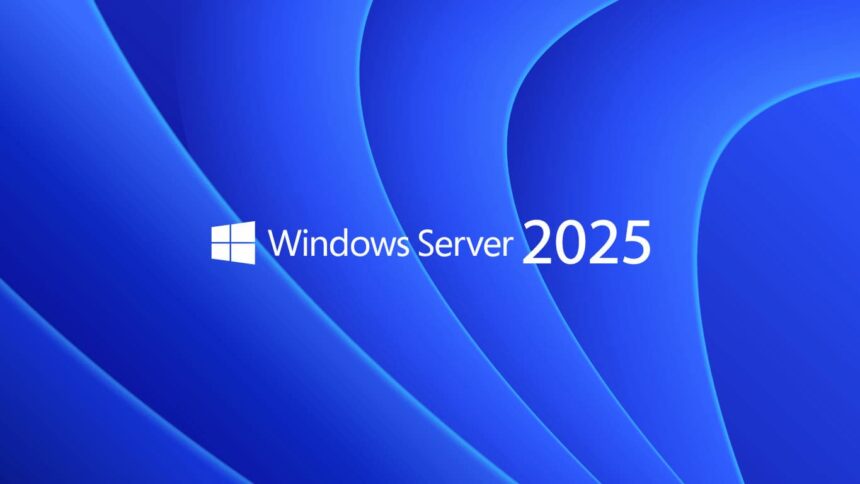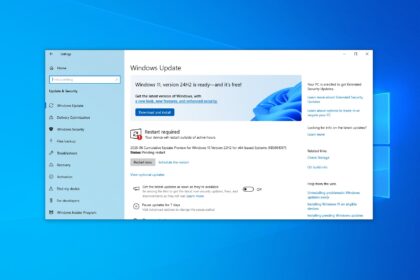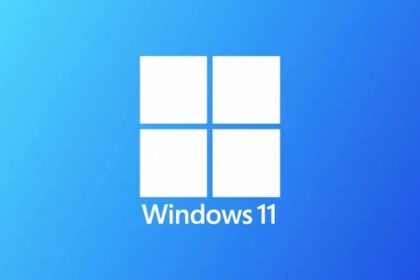Microsoft is rolling out more changes across the Windows ecosystem—not just for consumer versions of Windows 11, but also at the enterprise level. One of the most significant updates affects Windows Server 2025 and future releases. As reported by BleepingComputer, Microsoft is preparing IT departments for a major shift that will impact long-standing network infrastructure.
The company has officially announced that WINS (Windows Internet Name Service) support will be removed from all versions of Windows Server starting in November 2034.
Microsoft Confirms the Retirement of WINS Across Windows Server
For those unfamiliar, WINS is an older name-resolution system used in early Windows networks to map NetBIOS names to IP addresses—essentially the predecessor of modern DNS-based naming. It remained in place for backward compatibility in many organizations, especially those with legacy applications and older network setups.
WINS was effectively frozen back in August 2021 with the release of Windows Server 2022, when Microsoft stopped adding features to the service. Windows Server 2025 will now be the final LTSC (Long-Term Servicing Channel) version to include WINS.
In a communication published on November 21, 2025, Microsoft officially designated WINS as obsolete and confirmed that full removal is planned for 2034, when Windows Server 2025 reaches the end of its support lifecycle.
What Will Be Removed in 2034?
Once support ends, Windows Server will no longer include:
- The WINS server role
- WINS automation APIs
- The WINS management console snap-in
- All related interfaces and management tools
Essentially, WINS will disappear entirely from future Windows Server builds.
Microsoft Urges Organisations to Migrate Now
Although WINS will remain supported throughout the life of Windows Server 2025, Microsoft is strongly encouraging administrators to begin transitioning away from the technology as soon as possible.
The company specifically advises:
- Auditing all applications and services that rely on NetBIOS name resolution
- Migrating those workloads to DNS-based naming systems
- Avoiding short-term workarounds such as static hosts files, which Microsoft calls unsustainable and risky in enterprise environments
Microsoft stresses that organizations should adopt a proper migration strategy rather than patching around the issue. The goal is to prevent sudden failures later, especially once WINS is permanently removed.
Many older corporate networks—particularly those in manufacturing, government, healthcare, and finance—still rely on WINS for legacy applications that haven’t been modernised. Its removal forces long-term planning and modernisation, which is exactly Microsoft’s intent: standardising on DNS and phasing out outdated protocols.
With almost a decade of lead time, organisations have ample opportunity to prepare, test, and migrate. But Microsoft is making it clear: WINS is officially on the way out, and DNS is the future.











